The Cheat Sheet by Sarah Adams
How to Read a Book is a timeless guide that goes beyond simple reading. Written by Mortimer J. Adler and Charles Van Doren, it provides strategies for reading books intelligently and actively. By teaching four levels of reading, from basic comprehension to advanced critical analysis, the book helps readers improve their understanding of texts, engage deeply with content, and approach reading with greater purpose and insight. Ideal for students, scholars, or anyone looking to read more effectively.
Title:
How to Read a Book: The Classic Guide to Intelligent Reading
Authors:
Mortimer J. Adler and Charles Van Doren
Publisher:
A Touchstone Book (an imprint of Simon & Schuster)
Publication Date:
August 17, 1972 (original edition); various later editions
Pages:
426 pages
Language:
English
Genres:
Self-help, Non-fiction, Philosophy, Education
ISBN-10:
0671212095
ISBN-13:
978-0671212094
Dimensions:
Paperback: 5.5 x 1.1 x 8.2 inches
Hardcover: 5.9 x 1.3 x 8.6 inches (approx.)
Weight:
Paperback: 12.8 ounces (approx.)
Hardcover: 14.4 ounces (approx.)
Format:
Paperback
Hardcover
Kindle Edition (eBook)
Audiobook
Overview:
How to Read a Book offers a structured method for reading effectively and critically. Written by renowned philosopher Mortimer J. Adler and educator Charles Van Doren, the book teaches readers how to approach books with depth and insight. It presents four levels of reading—elementary, inspectional, analytical, and syntopical—providing tools to understand, analyze, and engage with a wide range of texts. Ideal for anyone wishing to enhance their reading skills, this book covers topics like critical reading, understanding complex ideas, and reading across genres, making it an essential guide for students, scholars, and curious minds alike.
5 in stock
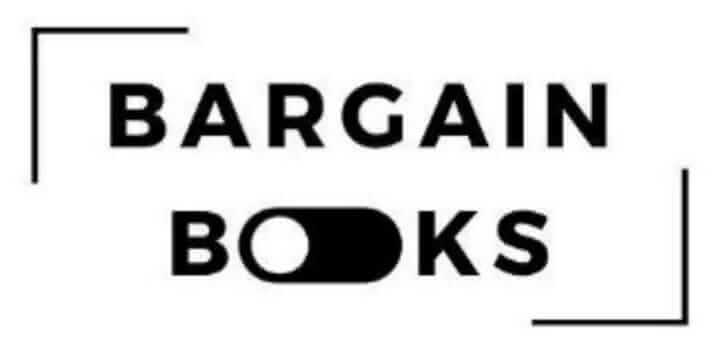
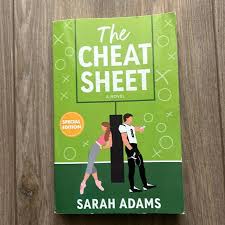
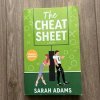

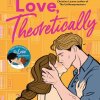





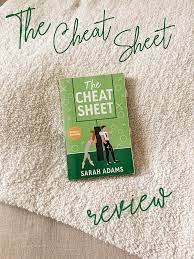




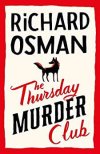
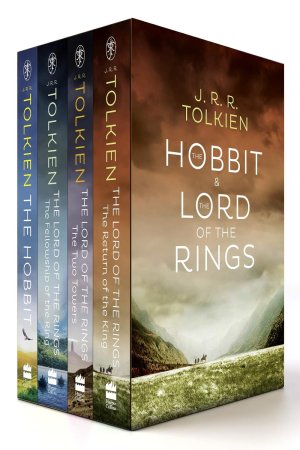
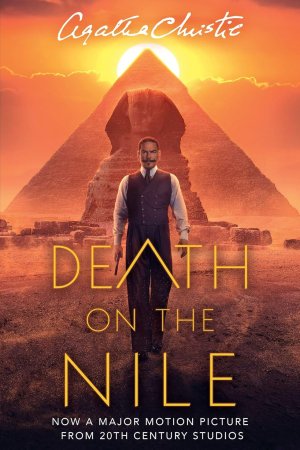

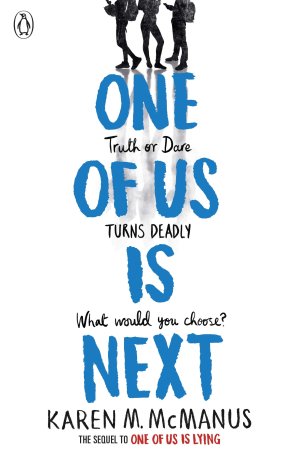
Reviews
There are no reviews yet.